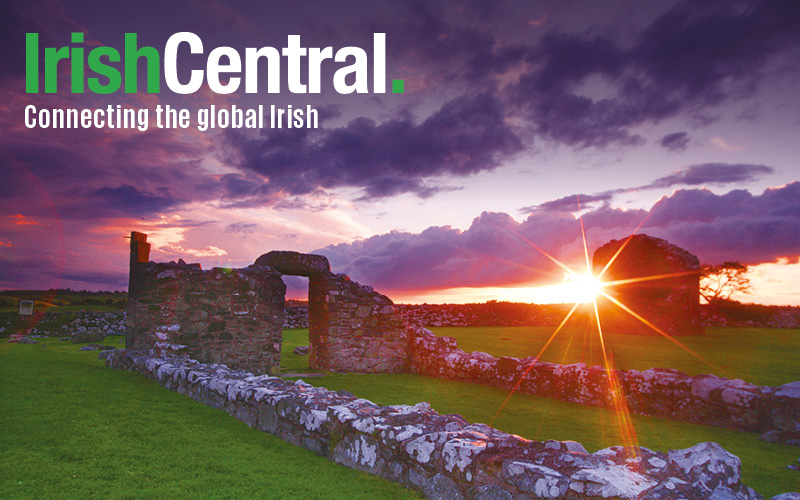In southeastern New Hampshire, the towns of Derry and Londonderry sit side by side. They were once the same town, until Derry split from Londonderry in 1827.
Londonderry, New Hampshire was first settled in 1718 by Scots-Irish emigrants who fled the northern Irish county of Derry/Londonderry, the dual name of which is a product of Northern Ireland’s sectarian disputes.
Led by the Rev. Pastor James McGregor, a big group left the town of Aghadowney and set sail for the New World. They were fleeing raises in land tax and rent and persecution over their Presbyterian faith. At that time, Presbyterian churches had been turned over to Anglican congregations, and Presbyterians weren’t allowed to hold public office or run their own schools.
They arrived in Boston on August 4, 1718 and dispersed – some remaining in Boston, others setting down roots in Haverhill, Massachusetts, Dracut and Andover, New Hampshire, and what would become Portland, Maine. eventually acquired la 100-square mile tract of land then known as Nutfield for all the nut trees found in the area. Sixteen Aghadowney families arrived there on April 11, 1719 and applied two years later to become chartered as the town of Londonderry, in recognition of where they came from.
According to local history, the first potato crop ever planted in what would become the United States of America was planted there in 1719. The town’s settlers brought with them the tricks of Northern Ireland’s linen trade, and linen making became Londonderry, New Hampshire’s first major industry, with most households growing a patch of flax. Londonderry linen became immensely popular throughout the 1700s, with George Washington and Thomas Jefferson supposedly owning Londonderry linen items. To protect against copy cats selling linen made elsewhere as Londonderry linen, the town appealed to have an official label to establish the authenticity of linen made in Londonderry. For this reason, it is claimed that Londonderry linen was the first trademarked product in America.
During the Revolutionary War, the majority of Londonderry-ers sided with the revolutionaries. One Londonderry man born in Ireland, Matthew Thornton, was among the signers of the Declaration of Independence.
Derry split from Londonderry in 1827. As an account of Derry written by the town’s historian Richard Holmes tells it, “Throughout the 18th century, pieces of the original Nutfield grant broke away to form separate towns. In 1825-1827 there were efforts made to separate the remaining area into 2 separate towns. There was considerable agitation both for and against the split. Finally, after much political rancor and ill will, the division was approved by the state government and signed into law on July 2, 1827. A new town was born which took the name of Derry - the original name of Londonderry in Northern Ireland which means a hill covered with oak trees.”
Agriculture would prove to be crucial to Londonderry. The original settles brought apple tree seeds with them, and apple orchards blossomed around Londonerry. “By 1976,” the Londonderry town site explains, “Londonderry apples were being shipped throughout the United States, Canada, the British Isles, Brazil and Venezuela.”
Derry’s economy was also primarily agricultural until 1870, when a man named Colonel William Pilsbury opened a number of shoe factories in the Broadway section of the town. Until 1960, when the last of the shoe factories burned down, millions of Derry-made shoes were exported around the world each year.
The towns have different claims to fame – Derry for being the birthplace of Alan Shepard, the first US astronaut in space (Derry is sometimes called “Spacetown” for this reason) and for being home to the poet Robert Frost for 10 years of his life. Londonderry lays claim to William Stark, a decorated officer in the Revolutionary War, Samuel Bell and John Bell the 14th and 18th governors of New Hampshire, and today houses the corporate headquarters of Stonyfield Farm.
The populations of both towns increased greatly after the opening of Interstate Highway 93, which runs in between the two towns, in 1963. Today Derry has a population of nearly 35,000 and Londonderry is home to close to 25,000. Every year, Londonderry High School’s Lancer Marching Band and Colorguard march in the New York City St. Patrick’s Day parade.
* Originally published in 2015.




Comments